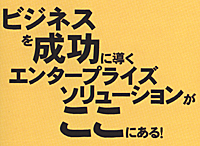Japan typography
The Japanese had never developed a font of their own, they took the typography signs from neighboring China.
Following problem developed: the signs from the strange Chinese language must be transfer to japanese words with the
identical meaning.
Without difficulty, Japanese people use a combination of four different types of character systems: kanji, hiragana,
katakana, and the English alphabet. This is a very unusual system not seen in any other country in the world. Each of the
kanji characters, forming the core of the Japanese writing system, usually serves also as a word. Elements of Japanese culture
have been embedded in these kanji characters through their forms and images. In addition, most kanji characters have two or
more pronunciations and a variety of meanings.

Take the kanji “” as an example. Pronounced as bun or mon, it indicates the code of expressing and
recording words. It is actually a hieroglyphic character, showing how the collars of clothing, such as a kimono,
cross over each other in the front when put on. The character originally meant “aya” or something twilled,
but later its meaning expanded to characters and even to sentences. Another example is “” Pronounced as ji
or aza, the lower half of this kanji character originally depicted an infant having a large head against its feeble limbs.
With this part as its radical, the kanji basically indicates the state of a child. Meanwhile, the upper half or
“ben”, was originally shaped like something covered with a high roof to mean a house. Added together, the
upper and lower parts show a child standing under a high roof. Its original meaning of giving birth to children and raising
them, later came to be read as “azana” or nickname.


